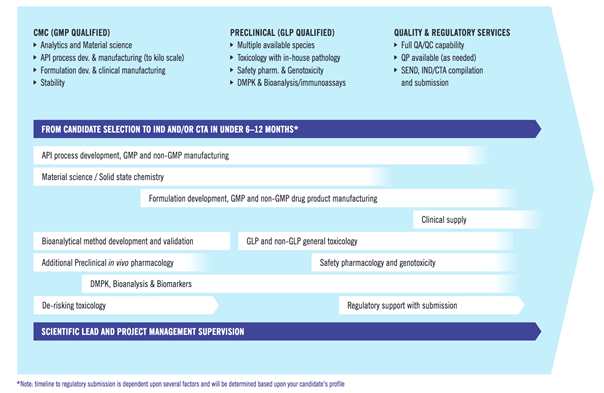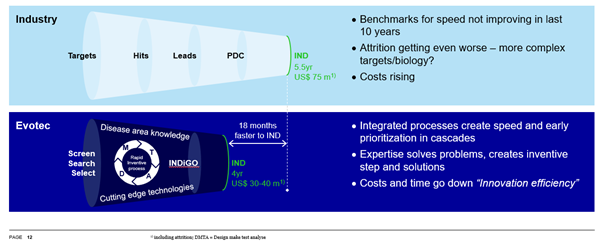The idea of targeting messenger RNAs for therapeutic purposes to shut off the translation of proteins dates back to 1978 when researchers discovered the first antisense oligonucleotide, an oligonucleotide complementary to the viral RNA of Rous sarcoma virus. It was capable of binding to the viral mRNA and thereby inhibiting viral replication and protein synthesis.
Meanwhile, a lot of short single-stranded antisense oligonucleotides made from natural or chemically modified DNA and RNA nucleotides have been developed. They all are designed to modify gene expression not only for inhibiting protein synthesis but also for altering RNA and/or reducing, restoring, and modifying protein expression through multiple molecular mechanisms such as splicing. Suppression of target expression is accomplished by binding of the antisense oligonucleotide to the target (pre)mRNA followed by degradation of this (pre)mRNA.
The pharmacology of targeted antisense therapy has provided the basis for translating it to the clinic. Chemical modifications of the oligonucleotides have enhanced the specificity, affinity and efficacy and reduced side effects. Optimisation of delivery and improved resistance to breakdown by nucleases, leading to precisely defined half-life, also have been accomplished. These improvements have brought research from bench to clinic. Additionally, the use of antisense oligonucleotides against long noncoding RNAs (lncRNAs), small interfering RNAs (siRNAs), micro RNAs (miRNAs), and ribozymes have also demonstrated preclinical and clinical responses in the treatment of deadly diseases like cancers.
Antisense oligonucleotides fill a position that is not or only insufficiently addressed by more traditional approaches. As an example, they can address targets undruggable by conventional strategies, e.g. targets that do not have a function or surface that can interact with small molecules or targets that are inaccessible for antibodies. They can also address challenging targets, e.g. targets that need to be addressed selectively as they possess high structural homology to other targets that should not be triggered to avoid unwanted side-effects.
Moreover, they have unique and well-characterized biodistribution and pharmacokinetics and can be manipulated by conjugation to targeting moieties. Also, there are many different administration routes, systemic treatments as well as local (e.g. intrathecal, intravitreal or inhalation) or ex vivo approaches to target cells in the cell therapy setting, e.g. to accomplish a transient target knockdown to improve the manufacturing process, the safety of the cell product or its efficacy.
Several antisense drugs have been approved, most against rare diseases such as Batten disease, cytomegalovirus retinitis, Duchenne muscular dystrophy, or spinal muscular atrophy. As of 2020, more than 50 antisense oligonucleotides were in clinical trials, including over two dozen in advanced clinical trials (phase II or III).
Evotec has considerable expertise in antisense therapy and in 2020 entered into a strategic partnership with antisense specialist Secarna Pharmaceuticals GmbH & Co. KG to build a co-owned antisense drug pipeline based on Secarna’s proprietary LNAplus™ platform. This third generation of LNAs allows to switch off gene expression of single disease-underlying genes in the cell.
The partnership aims to address a number of targets and complex indications, to establish a pipeline of co-owned antisense oligonucleotide therapies and to licence candidates to biopharmaceutical companies.
Learn more:





